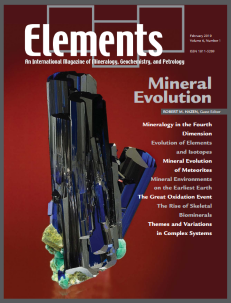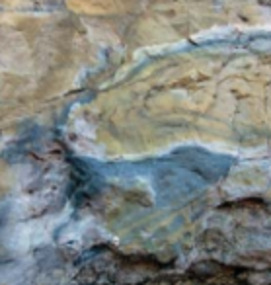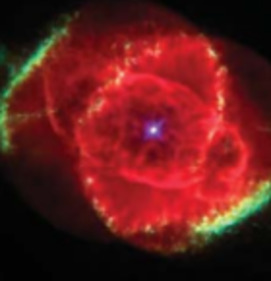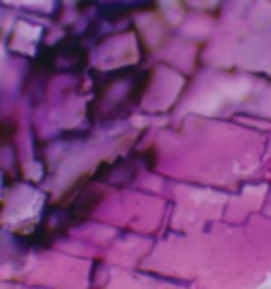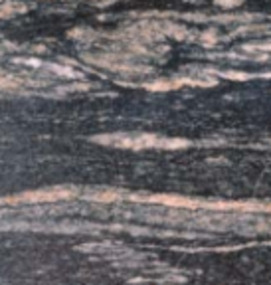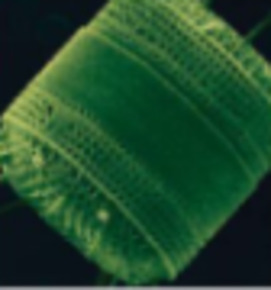
Mineral Evolution
Robert M. Hazen – Guest Editors
Table of Contents
“Mineral evolution,” the study of Earth’s changing near-surface mineralogy, frames Earth materials research with a historical narrative. This 4.5-billion-year story integrates themes of planetary science, including geodynamics, petrology, geo- chemistry, thermodynamics, geobiology, and more. Mineralogy thus holds the key to unlocking our planet’s history and assumes its rightful central role in the Earth sciences. The mineralogy of terrestrial planets evolves as a consequence of physical, chemical, and biological pro- cesses. Starting with ~12 refractory min- erals in prestellar molecular clouds, processes in the solar nebula led to the ~250 different minerals found in mete- orites. Initial mineral evolution of Earth’s crust depended on a sequence of geochemical and petrologic processes that resulted in an estimated 1500 dif- ferent mineral species. Ultimately, biological processes produced large-scale changes in atmospheric and ocean chemistry that may be responsible, directly or indirectly, for most of Earth’s 4400 known mineral species. Mineral evolution thus highlights the coevolution of the geo- and biospheres.
Mineral Evolution: Mineralogy in the Fourth Dimension
Themes and Variations in Complex Systems
Mineralogical Evolution of Meteorites
Mineral Environments on the Earliest Earth
The Evolution of Elements and Isotopes
The Great Oxidation Event and Mineral Diversification
The Rise of Skeletal Biominerals
The Arkenstone
Australian Scientific Instruments (ASI)
Bruker
Cognella Academic Publishing
Excalibur Mineral Corporation
Rigaku
RockWare
Savillex
Thermo
University of Arizona Press
v6n2 Sulfur
Guest editor: Bjørn Jamtveit (University of Oslo)
This issue of Elements focuses on the geochemistry of sulfur in high-temper- ature, low-temperature, and biogeni- cally mediated processes over a wide range of scales, environments, and time intervals. Sulfur’s multiple valence states (S 2- to S 6+ ) allow for its participation in a large variety of geochemical and bio- geochemical processes. Sulfur may be one of the light elements contained in the Earth’s core and may have been crucial in core formation. Sulfur is an essential component in all life on Earth. Sulfur geochemistry continues to be used in delineating the early evolution of Earth’s atmosphere and hydrosphere, as a monitor of volcanic SO 2 and H 2 S,and as a tracer of anthropogenic sources. Recent advances in the use of multiple sulfur isotopes ( 32 S, 33 S, 34 S, and 36 S) and in situ isotopic measurements will allow sulfur stable isotopes to develop as vital tracers in the Earth and planetary sci- ences, with applications to inorganic and biogenic processes.
- Touring the Biogeochemical Landscape of a Sulfur-Fueled World David T. Johnston (Harvard University)
- Sulfur on Mars Penelope L. King (University of New Mexico and the University of Western Ontario) and Scott M. McLennan (State University of New York at Stony Brook)
- Ancient Sulfur Cycling and Oxygenation of the Early Biosphere Timothy W. Lyons and Benjamin C. Gill (University of California, Riverside)
- Sulfur: A Ubiquitous and Useful Tracer in Earth and Planetary Sciences Charles W. Mandeville (American Museum of Natural History)
- Sulfur in Magmas Nicole Métrich (CNRS-CEA, France) and Charles W. Mandeville (American Museum of Natural History)
- Ultraviolet Sensing of Volcanic Sulfur Emissions Clive Oppenheimer (University of Cambridge)
- Mineral Evolution (February 2010)
- Sulfur (April 2010)
- Fluids in Metamorphism (June 2010)
- Atmospheric Particles (August 2010)
- Thermodynamics of Earth Systems (October 2010)
- Sustainable Remediation of Soil (December 2010)
Download 2010 Thematic Preview


